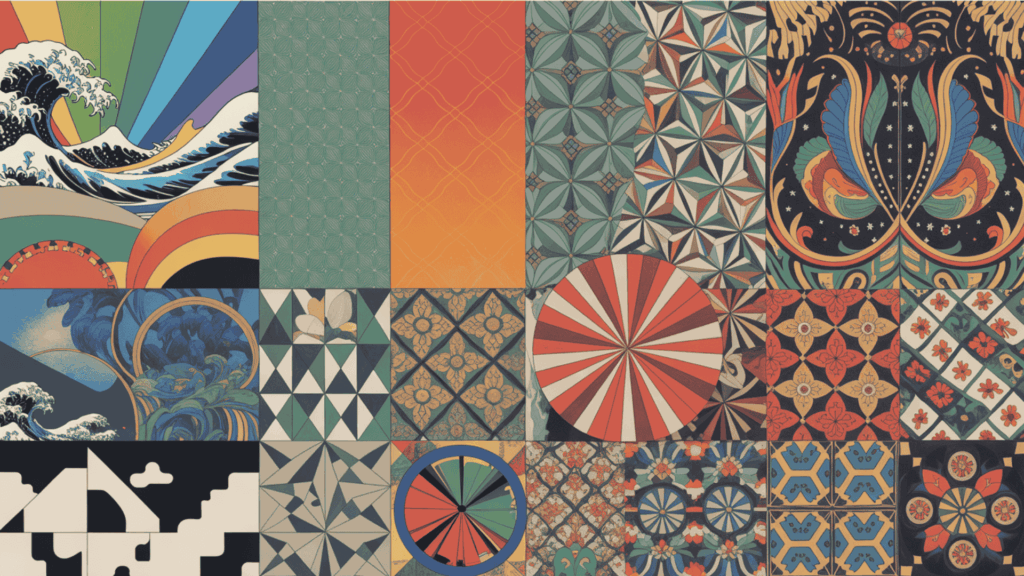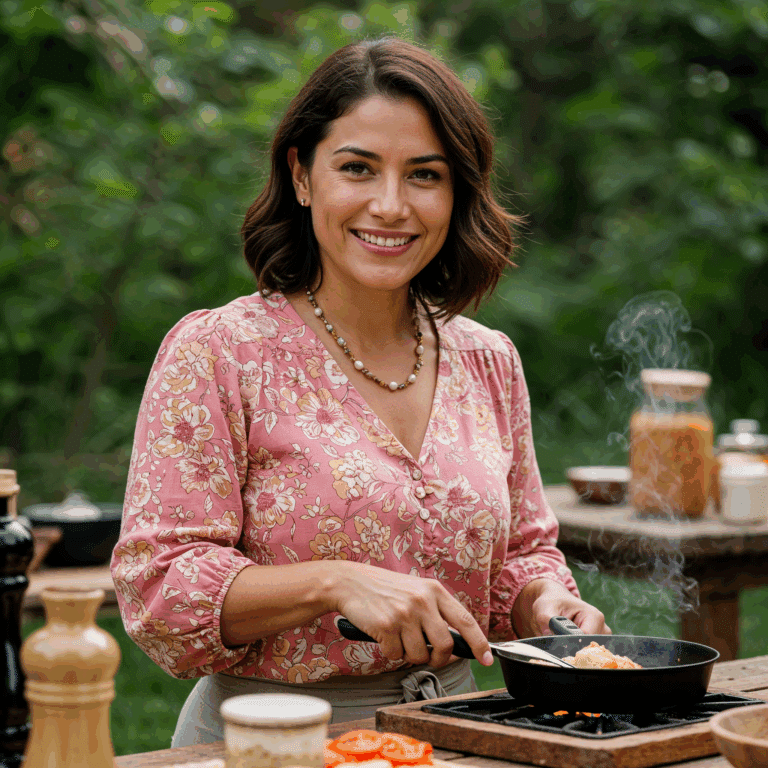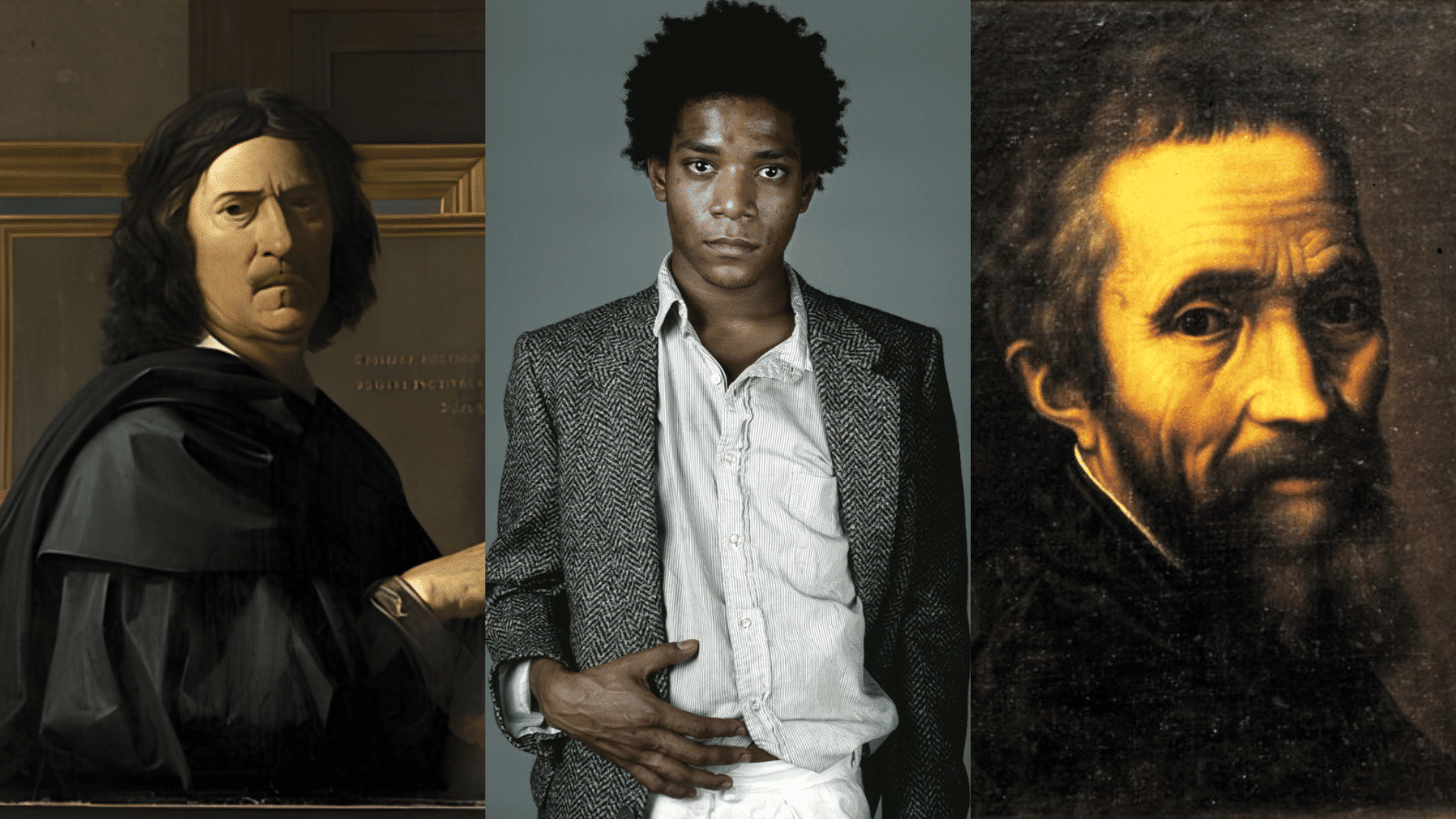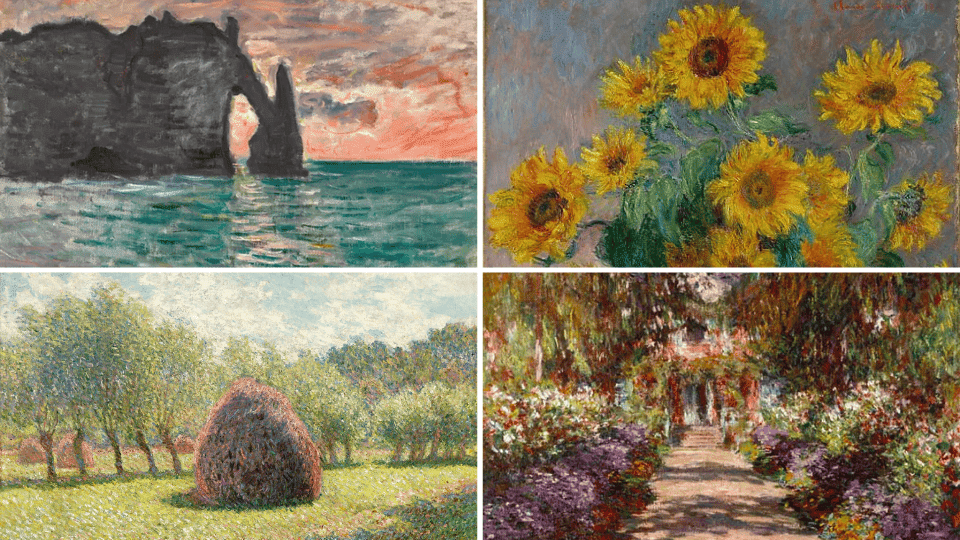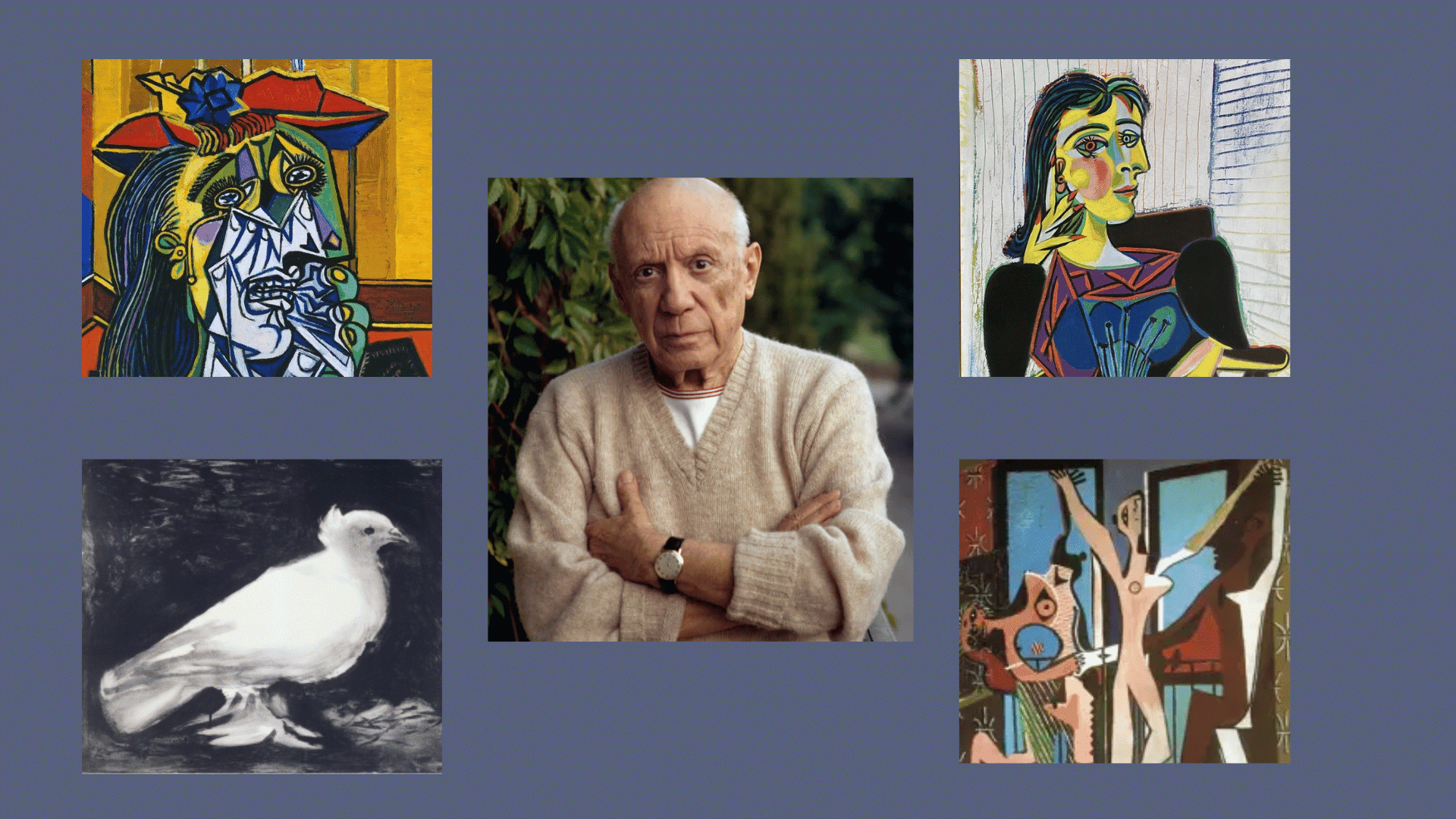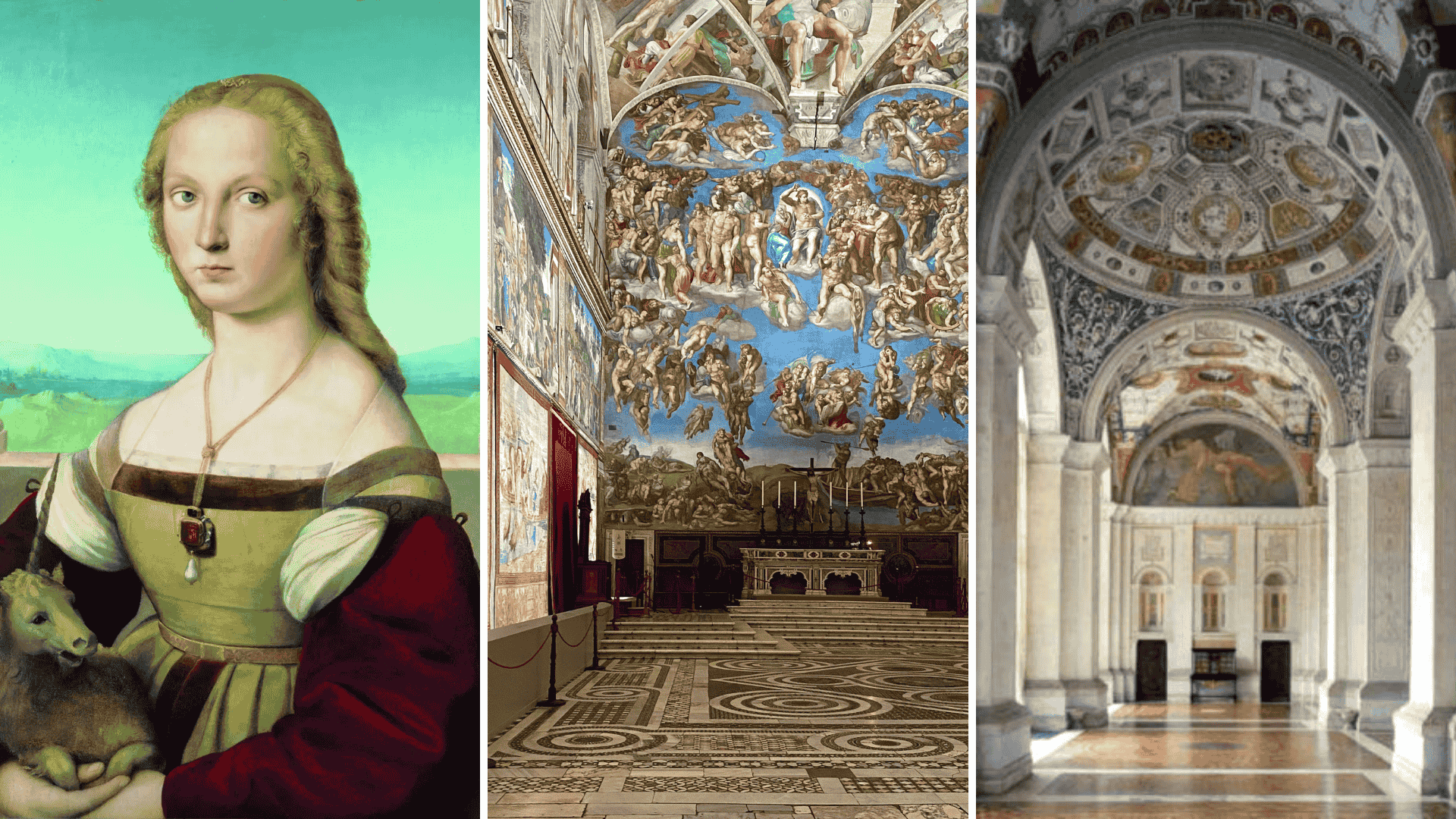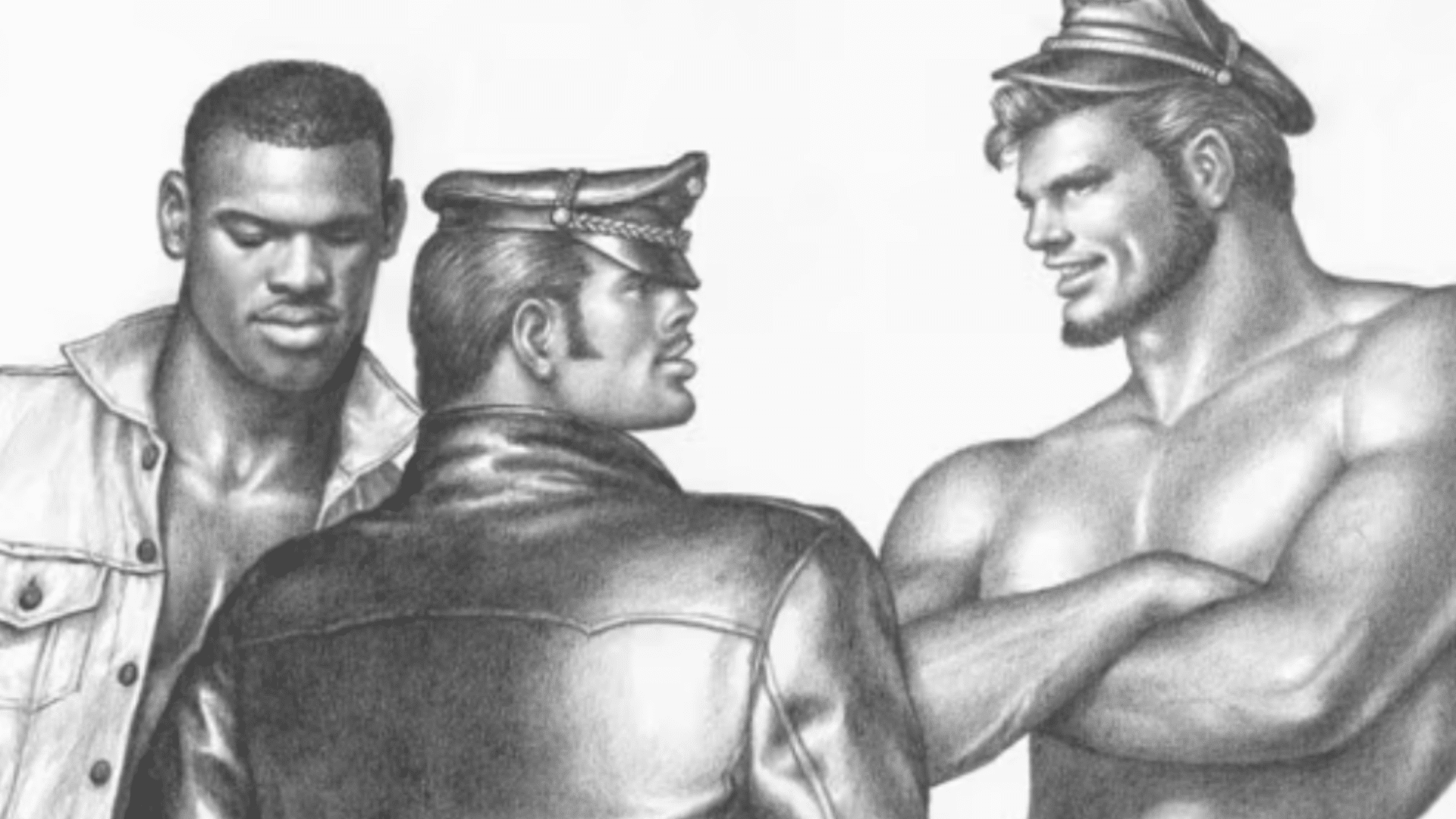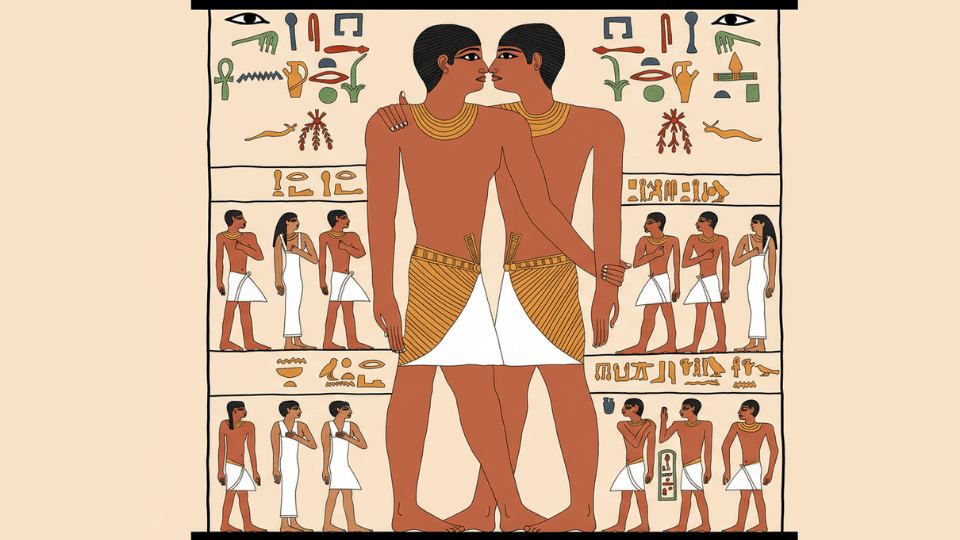Patterns surround us everywhere we look. From the intricate wallpaper in your living room to the breathtaking masterpieces hanging in world-famous galleries, these repeated designs have a unique power to capture our attention and hold it.
However, here’s the thing: patterns aren’t just decorative elements. They’re actually sophisticated tools that artists use to tell stories, express emotions, and connect with different cultures.
When you understand the definition of pattern in art, how patterns work, you’ll start seeing art in a completely new way.
No matter if you are scrolling through digital art on your phone or admiring ancient Islamic tiles, patterns create a visual rhythm that speaks to something deep inside us.
What is a Pattern in Art?
The definition of pattern in art is the repetition of the same shapes, colors, or designs multiple times throughout a work.
This repetition creates a visual rhythm that not only makes the artwork more engaging but also guides the viewer’s eyes across the piece in a natural way. However, patterns do much more than just look pretty.
Artists use them as powerful communication tools to express emotions, tell cultural stories, and create a strong visual impact.
Think of patterns as the artist’s way of creating a visual beat, just as music has rhythm, artwork uses repeated elements to generate movement and energy.
These repeated elements can be anything: geometric shapes, flowing lines, bold colors, or even complex motifs. When arranged thoughtfully, patterns evolve individual design elements into a unified, compelling visual experience that speaks directly to viewers.
The Central Role of Pattern in Creativity

Patterns do much more than make artwork look attractive. They’re essential tools that artists use to communicate and connect with viewers.
Building Blocks of Artistic Expression:
Pattern serves as the foundation for creativity, taking simple repeated elements and making them complex artistic statements. Every creative field, from painting to graphic design, relies on patterns to build a visual language that speaks to viewers.
Pattern’s creative significance:
- Enables artists to build infinite variations from basic elements
- Creates visual languages unique to each artist’s style
- Provides structure without limiting creative expression
- Connects primitive art-making instincts with contemporary practice
Classifications of Patterns in Art

Artists employ various types of patterns to create visual interest and convey meaning in their work.
Understanding these pattern types helps you appreciate how artists build rhythm, movement, and structure into their artwork.
Organic Patterns
Nature-inspired designs that copy natural forms like leaves, waves, and animal markings. These patterns feel soft and flowing.
- Based on plants, animals, and natural phenomena
- Create relaxed, comfortable feelings
- Perfect for traditional and folk art
- Add warmth to any artistic composition
Abstract Patterns
Creative, free-form designs that don’t represent real objects. Artists use these to express personal ideas and emotions.
- Break traditional design rules
- Focus on color and shape relationships
- Express artistic freedom and creativity
- Works well in experimental and modern art
Cultural Patterns
Traditional designs that carry historical and cultural meaning. These patterns tell stories about specific communities and heritage.
- Rooted in specific cultures and traditions
- Carry symbolic meanings and stories
- Connect past traditions to present art
- Include Celtic knots, tribal designs, and mandala patterns
Geometric Patterns
Mathematical and structured designs using shapes like circles, triangles, squares, and hexagons in repeated arrangements. These patterns create order and precision in artistic compositions.
- Built from basic mathematical shapes and grids
- Create a strong visual rhythm and stability
- Perfect for modern and minimalist artwork
- Add structure and balance to any design
Pattern vs Texture: The Core Difference
Pattern and texture are two essential design elements that work together to create visual interest in art and interior design.
While patterns catch your eye through organized repetition, textures engage your sense of touch and add physical depth to surfaces.
| Aspect | Pattern | Texture |
|---|---|---|
| Definition | Repetition of visual elements (shapes, colors) | Surface quality: how something feels or appears |
| Main Function | Creates visual rhythm and structure | Adds tactile quality and physical depth |
| Experience | Seen with the eyes | Felt and seen |
| Common Types | Stripes, florals, geometric designs | Smooth, rough, woven, bumpy |
| Effect on Art | Guides the eye, connects design elements | improves realism, evokes emotion with physicality |
| Example Use | Wallpaper motifs, tile patterns | Oil paint textures, collage, marble surface |
Understanding this distinction helps you layer both elements effectively, creating designs that are visually engaging and physically inviting.
How Patterns Function in Design
Patterns serve as powerful design tools that evolve plain surfaces into motion visual experiences. They add energy, structure, and personality to any creative work or living space.
Random and abstract patterns inject creative energy into spaces while serving as powerful organizational tools that distinguish professional designs from amateur attempts.
These diverse patterns work as strategic accent pieces that capture attention, create focal points, and guide viewers through your composition with thoughtful placement and balance.
By using patterns, one can:
- Draw attention to specific areas and create engaging focal points
- Add personality and artistic flair without overwhelming the space
- Break up large, plain surfaces with interesting visual texture
- Connect separate design elements through repeated motifs
- Create natural rhythm and flow that guides the eye through layouts
- Balance busy areas with calmer sections for visual harmony
Pattern as a Tool for Balance and Unity

Patterns act like invisible threads that contrive artwork together, creating harmony where chaos might otherwise exist.
Smart artists utilize repetitive elements as their secret weapon to balance complex compositions and guide viewers through their visual experiences.
They serve as powerful instruments that artists use to control how viewers experience their work.
It Creates Visual Harmony and Psychological Impact. They profoundly influence how viewers experience artwork, either bringing calm through organized repetition or creating excitement through deliberate disruption.
Well-organized patterns unite scattered elements into cohesive compositions, while intentionally broken patterns generate tension and emotional response.
These patterns serve as powerful instruments to:
- Connect scattered elements into unified, satisfying compositions
- Create predictable rhythms that feel comfortable and secure
- Balance complex artwork with repeated visual anchors
- Break expected patterns to instantly grab attention
Conclusion
Understanding patterns in art opens up a whole new way to experience and create visual work.
An artist seeking to refine their skills or an art lover eager to appreciate pieces more deeply, recognizing these recurring elements will change your perspective on creative work.
Start practicing by identifying patterns in everyday art around you, from wallpaper designs to digital graphics.
Remember that patterns aren’t just decoration; they’re powerful tools that artists use to tell stories, express culture, and guide your emotions.
With this knowledge, you’re now equipped to both create and appreciate the rhythmic beauty that patterns bring to art.

